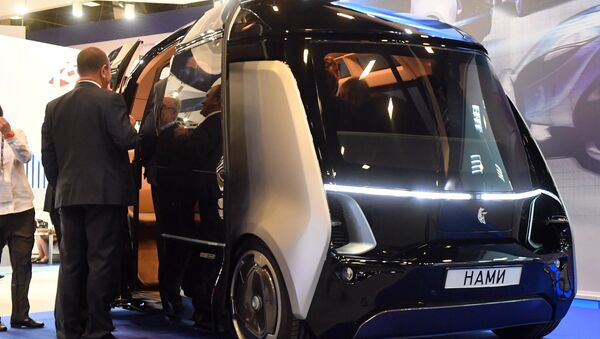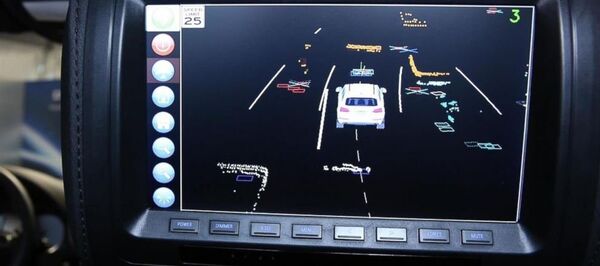The Moscow-based company, creator of its own automated driving assistance technology known as Cognitive Pilot, has completed a study to determine who – human beings or artificial intelligence, are better able to detect road signs, other vehicles and pedestrians in various traffic situations.
Speaking to Russia's RIA Novosti, Cognitive Technologies' autonomous software department head Yuri Minkin said that the tests' main goal was to determine whether its AI had already outmatched human drivers' reaction time and accuracy.
Taking place between September and November, tests featured the use of a single camera, and were conducted along 27 different urban routes at speeds between 50-60 km/h. Researchers limited the number of objects appearing onscreen simultaneously to three for the human volunteers' benefit.
The company said that their study confirmed that its AI's detection capabilities have come very close to matching those of people, even exceeding them in some areas by small margins.
Meanwhile, the AI proved superior when it came to objects that were not completely visible, hidden behind trees, parked cars or other obstructions. The AI also proved faster in detecting road signs, picking up even obscured signs in just a fraction of a second.
"The testing showed that under more difficult conditions, the human volunteers often noticed the road signs a moment later than the AI. This time gives the [AI] control system an additional advantage for the processing and analysis of information about the situation on the road as a whole," Minkin said.

The AI was slightly better in terms of speed and accuracy of detecting objects in rainy conditions, (98.3% vs. 97% for humans). In twilight and blinding sunlight, human volunteers proved significantly slower in recognizing road objects, although the overall recognition rate remained 98% for both.
"A person is a rather complex object for recognition," Minkin explained. "Pedestrians do not have a constant form, and can travel embracing, holding hands, carrying an object, etc. And while the AI can match the abilities of a [human driver] in clear conditions, in more difficult conditions, the human's abilities are still slightly superior."
According to Minkin, the main takeaway from the study is that artificial intelligence is rapidly approaching the capabilities of human beings in the recognition of objects on the road. Furthermore, the more complex the road conditions, the better the AI performs, relative to its human counterparts.
"It can be expected that with an increase in computing power, and in the quality of sensors and software, the advantage of the AI will become all the more obvious, similarly to how it has become in chess," he concluded.
"But we must understand that this was the first attempt to compare the capabilities of artificial intelligence and people. With this first approximation, we've received real results, which can and should be considered, and on whose basis it will be possible to predict the direction in the creation of AI that can drive vehicles," she noted.





